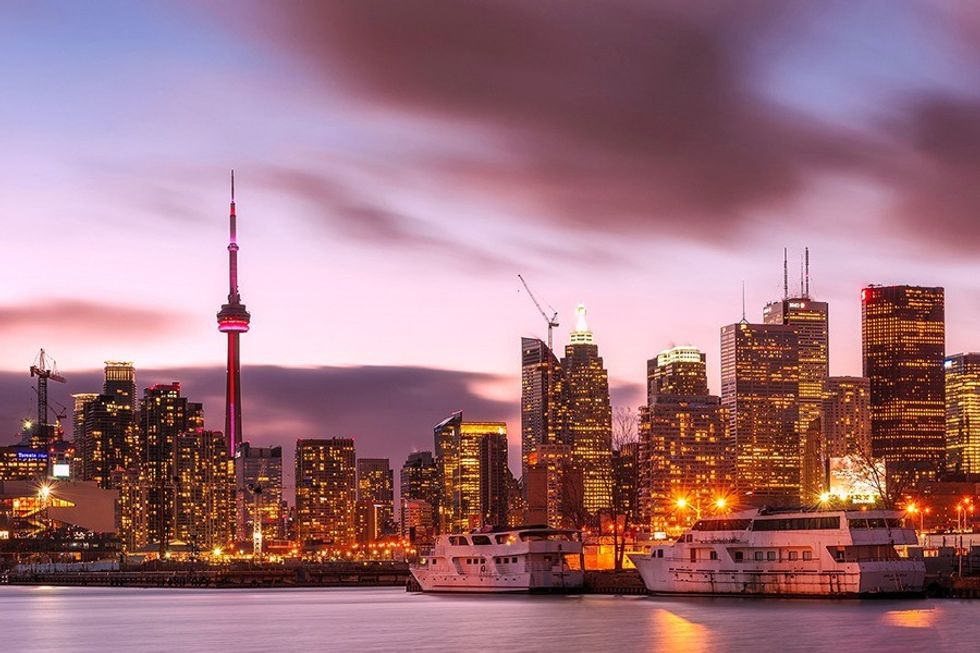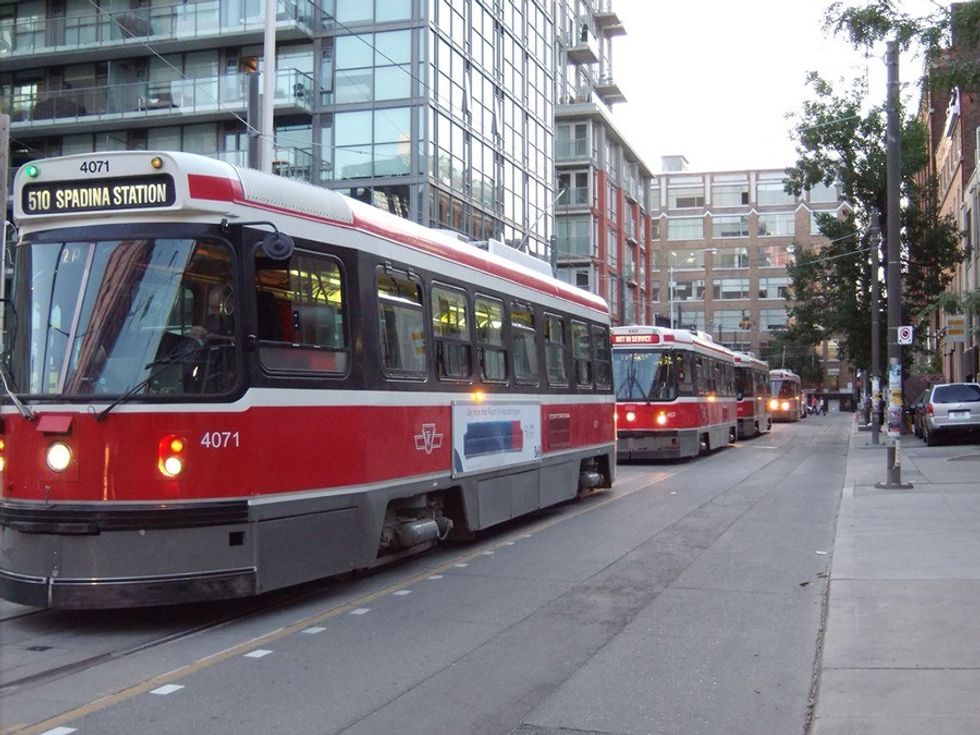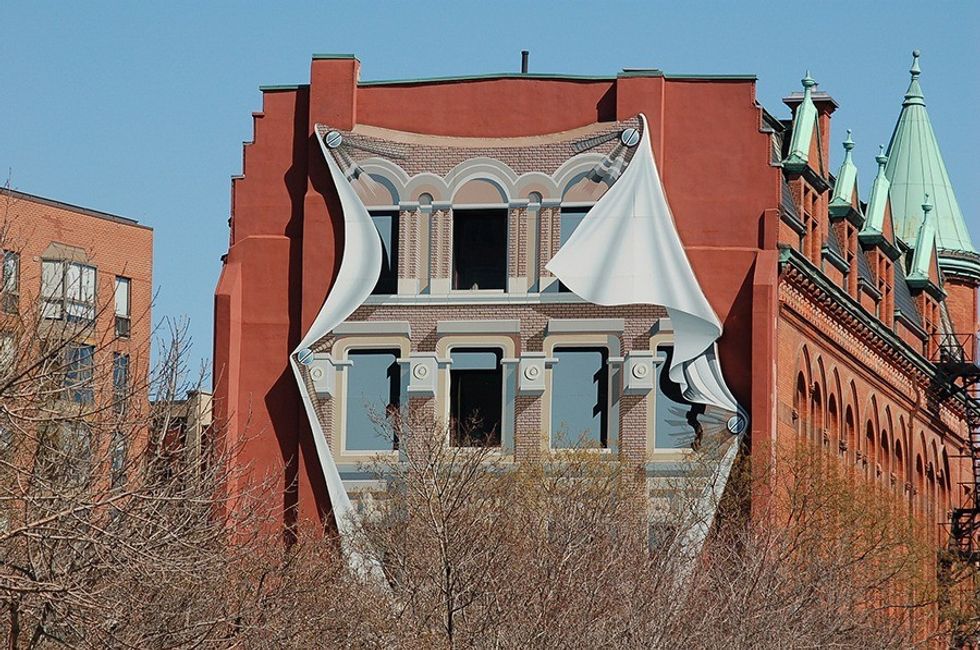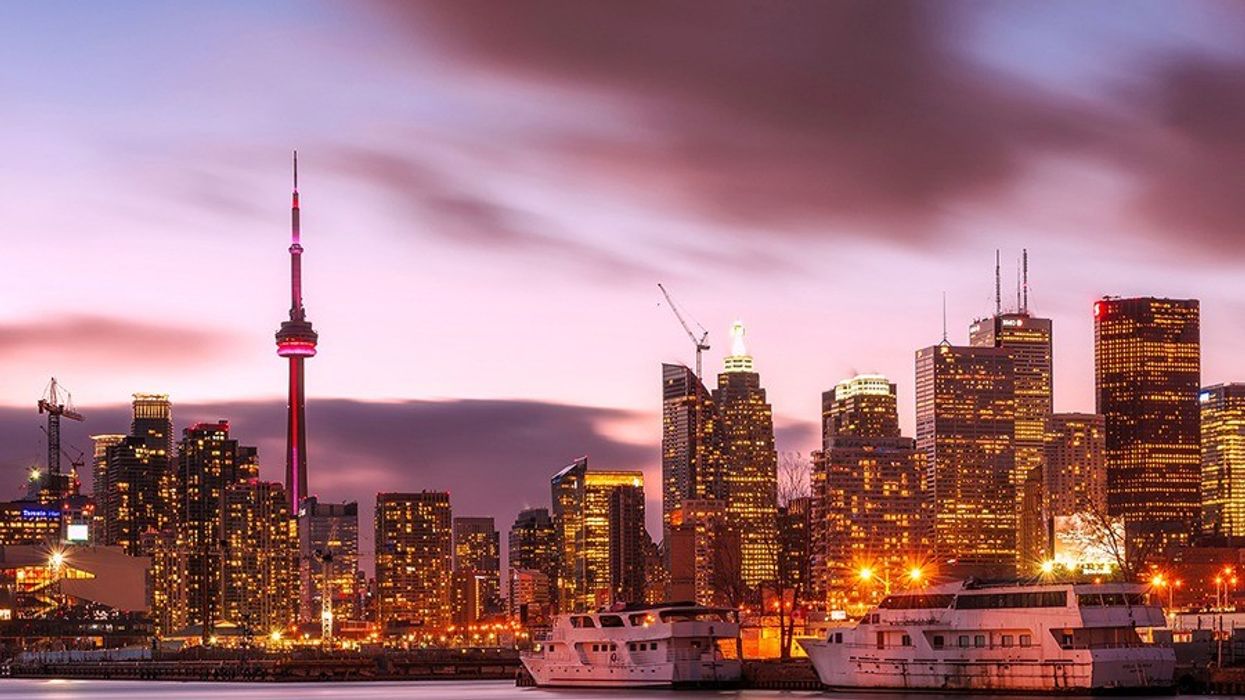
Of all the problems Toronto faces, the most worrisome may be those posed by its own success.
The city has become so desirable, and the cost of urban life so high, many can no longer afford to live here. Little wonder, then, that recent studies in the U.S. indicate that the great urban renaissance of the last two decades is grinding to a halt as millennials turn their sights on the suburbs. But while urban growth south of the border slows, suburban communities are expanding at a fast and furious rate.
“After years of excited talk about the comeback of America’s cities,” Bloomberg View reported in August, “evidence has been piling up in recent months that the suburbs are doing much better, with even those quirky-but-ubiquitous millennials now moving there in large numbers and buying SUVs.”
Beyond the means of most
Can Canada be far behind? Given factors such as the price of housing, unreliable public transit, congestion and general lack of space, probably not. Except for the wealthy and longtime home owners, Toronto is now beyond the means of most. Increasingly, the middle class and millennials are being squeezed out of the city.
And although sprawl continues to consume the landscape at an alarming rate, 21st-century suburbs are slowly becoming more urban in design and density. At the same time, city dwellers have grown militant in their resistance to intensification and urban growth. In recent weeks, for example, Annex NIMBYs including author Margaret Atwood and Loblaw president Galen Weston Jr. railed loudly and bitterly against a proposed eight-storey condo at 321 Davenport Road.
Architectural significance
Before that, Councillor Josh Matlow moved to have 258 properties on Yonge, Mount Pleasant, Bayview and Eglinton in North Toronto added to the city's heritage registry to keep them from being demolished. The problem was that many of these buildings are undistinguished two- and three-storey boxes that have no claim to architectural significance.
Though they allow for the sort of flexibility that has enabled these unremarkable streets to flourish, with smart planning and sensitive policies, these structures could be replaced without compromising neighbourhood vitality.
Sadly, Toronto planners and politicians have done a poor job of controlling growth. Most notably, they have presided over the proliferation of glass-and-steel condo towers that have changed the face of the city.
During Jennifer Keesmaat's five-year stint as chief planner, for instance, hundreds of generic high-rise condos were approved while David Mirvish's hugely ambitious mixed project on King St. W., designed by Frank Gehry, one of the greatest architects working today, was met with pettiness and suspicion.

Worse still, transit has not kept up with demand. Toronto has fallen 25 or more years behind the times and the future will only be more of the same. The $3.5-billion Scarborough subway extension, which studies predict will never attract enough riders to justify the cost, is only the latest example of just how badly Toronto is run.
The suburbs, on the other hand, though bland, unsophisticated and unsustainable, are seen as safe, comfortable, spacious and above all, affordable. Given the costs of car ownership and congestion, that's largely an illusion, but still the lure remains powerful. In Toronto, millennials happy to live in 600-square-foot condo units when they're young and single find them less desirable when they marry and have kids.
But as Richard Florida, Director of Cities at the University of Toronto's Martin Prosperity Institute, wrote last week in the New York Times. “For all of their many problems, our cities are our greatest economic drivers. Their continued revival is critical to the country’s ability to innovate and compete, create jobs and raise incomes and living standards. Stopping or reversing the urban revival would not just be bad for cities. It would be a disaster for all of us.”

Toronto, Canada's economic, cultural and social centre, plays too crucial a role to be abandoned to the rich. Without the energy and vitality of the urban middle class the city will suffer. Though the shift away from manufacturing to knowledge and service industries means Toronto will only grow in importance, these are sectors that, like the city itself, rely on proximity and synergy. Should they falter, so will Toronto's ability to stay vital.
“Large cities are places where those without power get to make a history, a culture, a neighbourhood economy," argues urban theorist Saskia Sassen. "(Cities) are today's frontier zones where powerlessness and power encounter each other ... We need to protect the city-ness of cities.”
Engineered out of the ’burbs
The suburbs, for all their appeal, can never replace or duplicate these crucial though informal functions of the city. Limited by single-use planning, car-dependency and homogeneity, suburbs are unable to add up to more than the sum of their parts. The dynamism that allows cities to drive innovation and transform themselves and the world beyond has been deliberately and systematically engineered out of the ’burbs.
Yet Torontonians’ growing unwillingness to share the city, their attempts to thwart its evolution at every turn and impose a state of civic stasis auger badly for the future. Ironically, this impulse represents a sort of suburbanization of the city. As Toronto is fast discovering, closed minds and open communities can't co-exist.





















